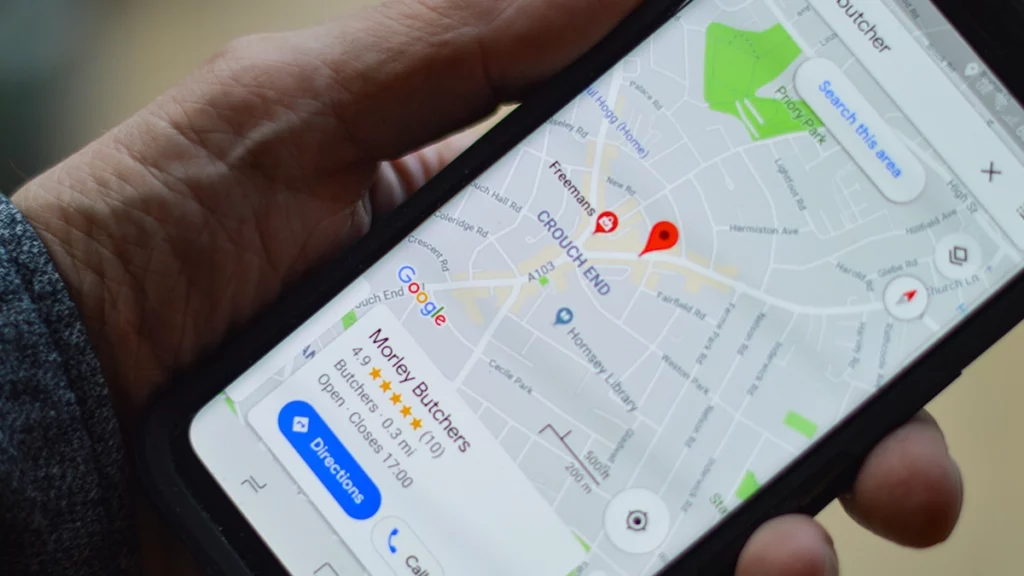(You can copy this template into Google Docs, Notion, or WordPress as a reusable structure.)
[H1: Blog Title – Include Your Main Keyword]
Example: “The Process for Writing a Blog for SEO: A Step-by-Step Guide for Small Businesses”
Tips:
- Keep it under 60 characters.
- Include your target keyword near the start.
- Make it clear and helpful rather than clickbait.
Introduction
Hook the reader and introduce the topic. Explain what they’ll learn and why it matters.
Prompt:
- What problem or question does this blog solve?
- Why should your audience care?
- Mention your main keyword naturally in the first 100 words.
Example:
Writing a blog for SEO is one of the best ways for small businesses to increase website traffic and attract customers. In this guide, we’ll walk you through the process step-by-step – from keyword research to optimisation – so you can confidently create blogs that rank.
[H2: Why This Topic Matters]
Explain the importance or benefit of the topic before diving into the how-to steps.
Prompt:
- Why is this relevant for small businesses or startups?
- What benefits will readers gain from following this advice?
- Can you include a relatable example or statistic?
[H2: Step 1 – Research Your Keywords]
Introduce your first step or main section.
Prompt:
- What tools can readers use to find keywords?
- How can they choose the right one?
- Include a mix of primary, secondary, and long-tail keyword examples.
Example:
Use tools like Google Keyword Planner or Ubersuggest to find what your customers are searching for. Aim for a mix of high and low competition keywords that match your business goals.
[H2: Step 2 – Plan Your Blog Structure]
Prompt:
- How should they outline their post?
- Why are headings and subheadings important for SEO?
- Mention breaking content into clear sections (H2s, H3s, bullet points).
[H2: Step 3 – Write the Content]
Prompt:
- Give writing tips: short sentences, active voice, and natural keyword use.
- Encourage readers to focus on solving the reader’s problem first.
- Suggest adding examples or tips from experience.
Optional Subheading (H3): Writing Tips
- Use bullet points for clarity.
- Add transition words for flow.
- Avoid repeating the keyword too often.
[H2: Step 4 – Optimise for SEO]
Explain what on-page SEO elements to include.
Checklist (H3):
Include your main keyword in:
- Title
- Meta description
- First paragraph
- At least one subheading
- Image alt text
- URL
Add:
- Internal links to your other pages or blogs
- External links to trustworthy sources
- Compressed images with descriptive filenames
Check readability:
- Short paragraphs (2–4 sentences each)
- Use lists or bold for emphasis
[H2: Step 5 – Add a Call-to-Action (CTA)]
End your post with a next step for the reader.
Prompt:
- What action do you want the reader to take? (Contact you, download a guide, read another article, etc.)
- Keep it natural and relevant to the topic.
Example CTAs:
- “Want help writing blogs like this? Get in touch today.”
- “Download our free SEO checklist to plan your next post.”
- “Read more about keyword-related topic.”
[H2: Conclusion]
Wrap up the post with a brief summary and motivation.
Prompt:
- Summarise the key points (3–4 lines).
- Reaffirm why the topic matters.
- End with a friendly closing sentence that matches your tone.
Example:
Writing a blog for SEO doesn’t have to be complicated. With the right structure, a bit of planning, and a focus on helping your audience, you can create posts that not only rank – but also convert.
[SEO Optimisation Section – For WordPress or CMS Entry]
SEO Title:
Include your keyword and make it under 60 characters.
Example: “Writing a Blog for SEO: A Simple Step-by-Step Guide”
Meta Description:
Keep between 150–160 characters. Include your keyword and describe the value of your post.
Example: “A simple guide to writing a blog for SEO. Learn how to plan, write, and optimise content that attracts readers and ranks in Google.”
URL Slug:
/blog/writing-a-blog-for-seo
Focus Keyword:
writing a blog for SEO
Image Alt Text Example:
“Small business owner writing a blog for SEO on laptop”
Optional Add-ons
You can include these sections depending on your topic:
- FAQ Section (H2): Add 2–3 short questions and answers using natural keywords.
- Quick Tips (H3): List small but helpful takeaways.
- Resources (H3): Link to free tools, downloads, or related blogs.


